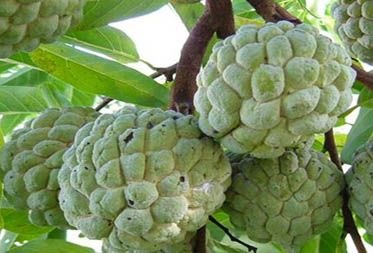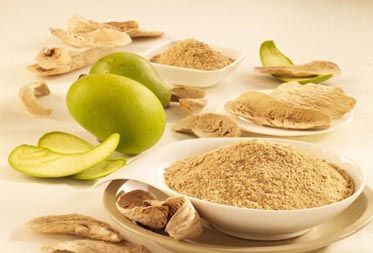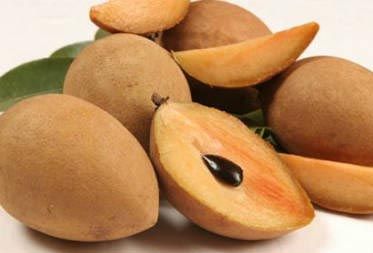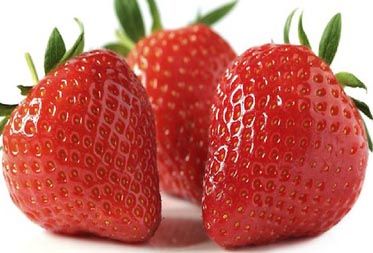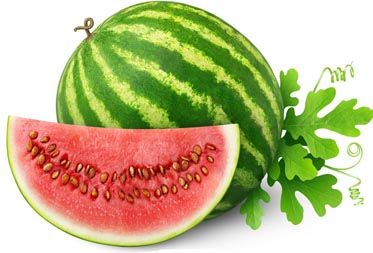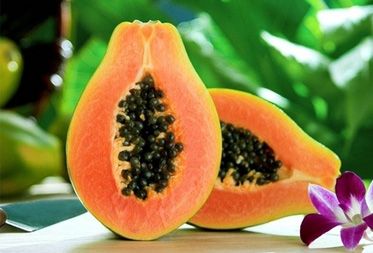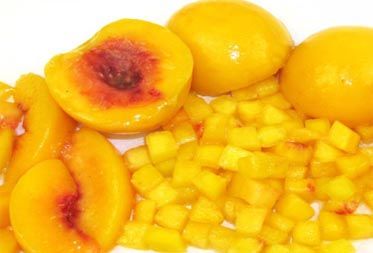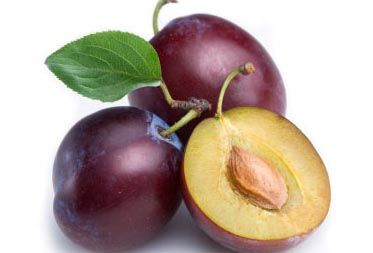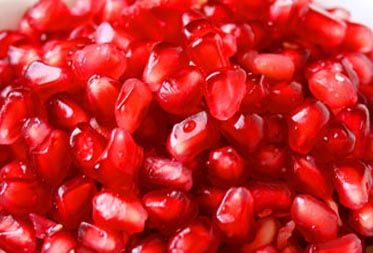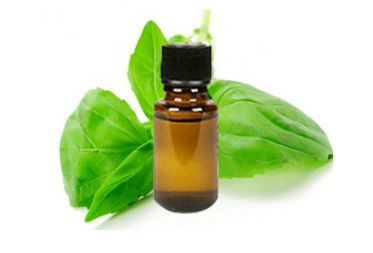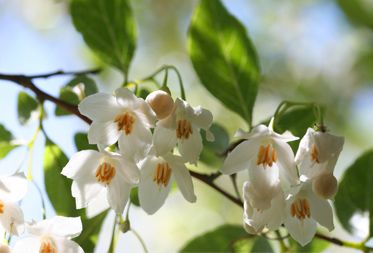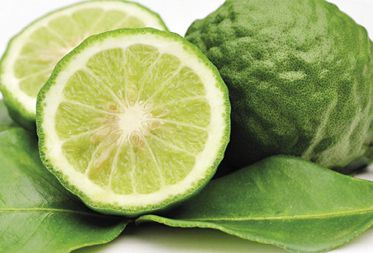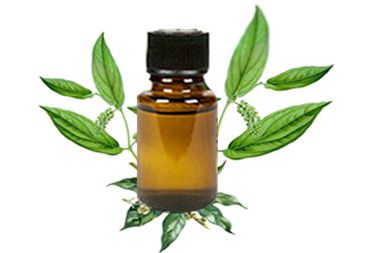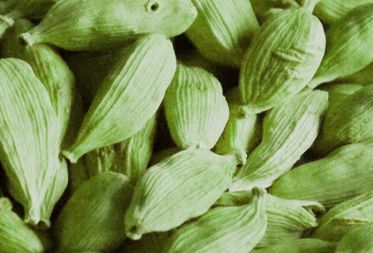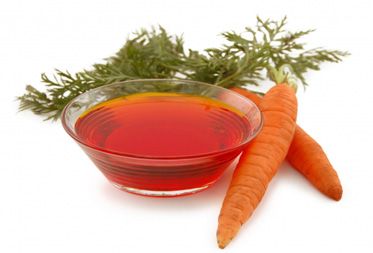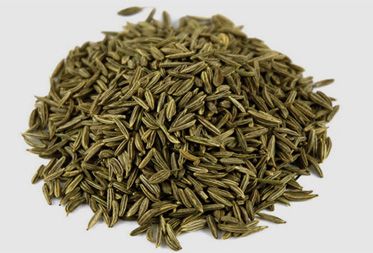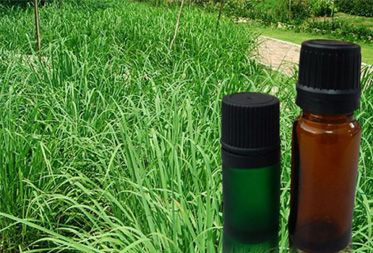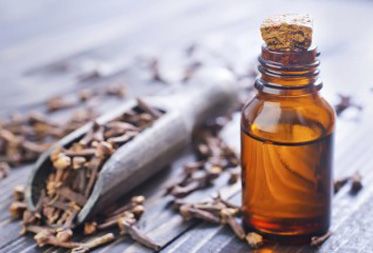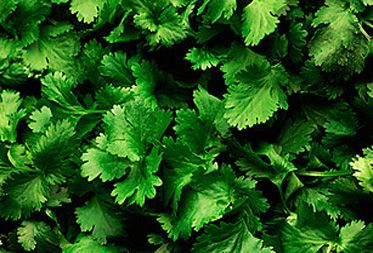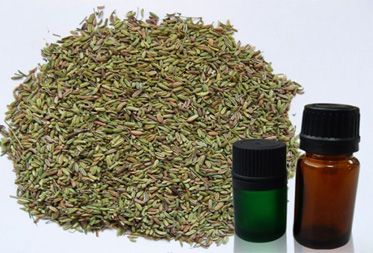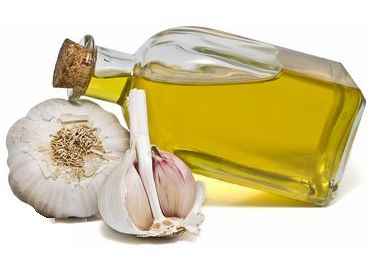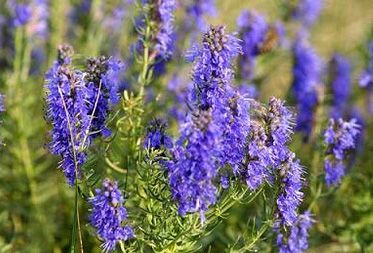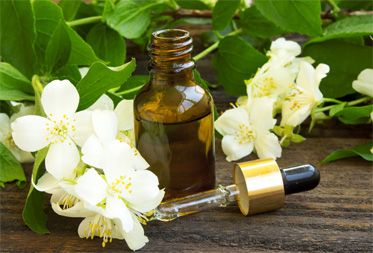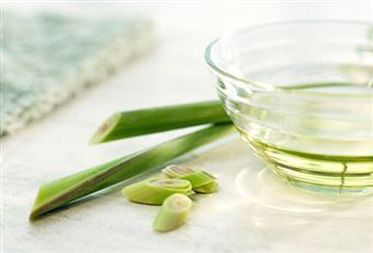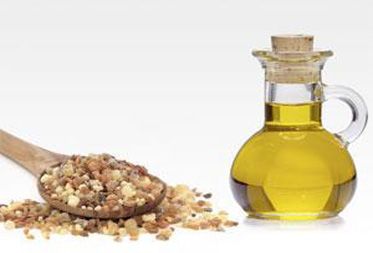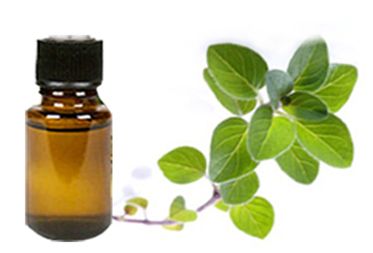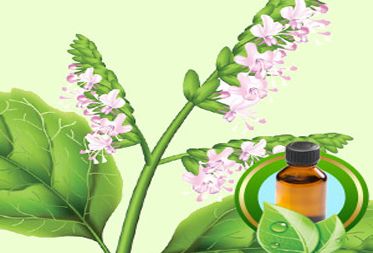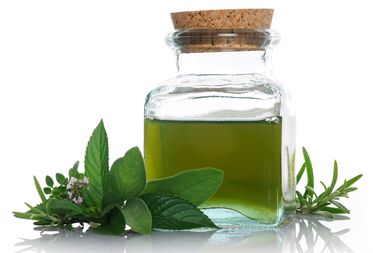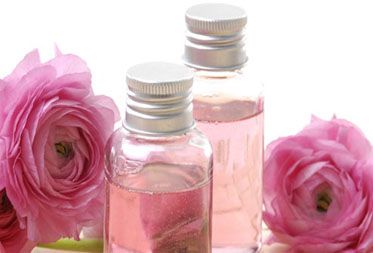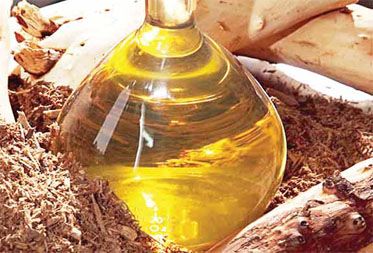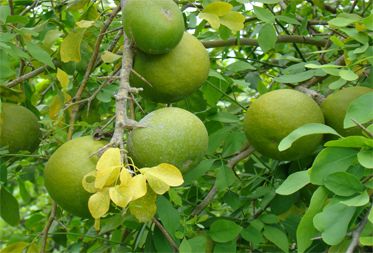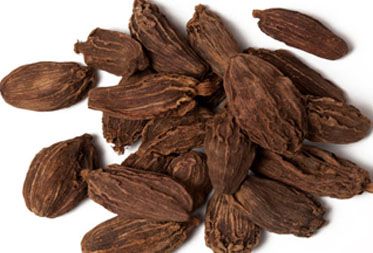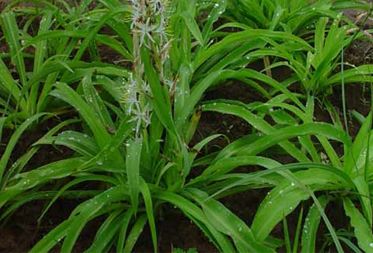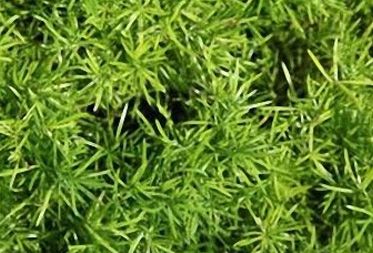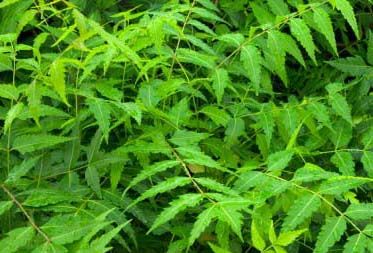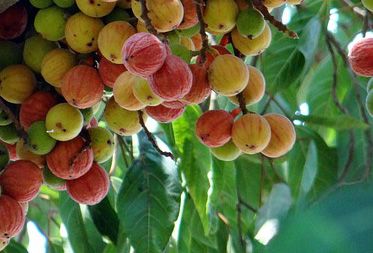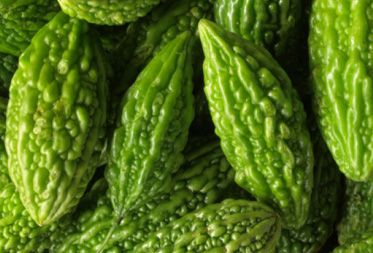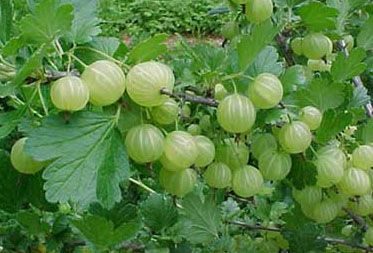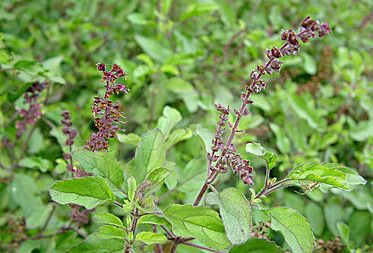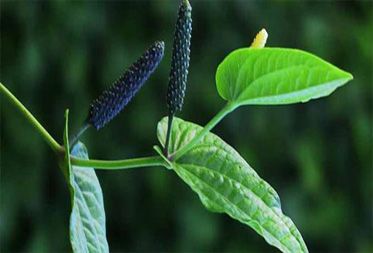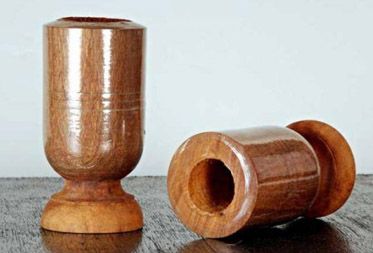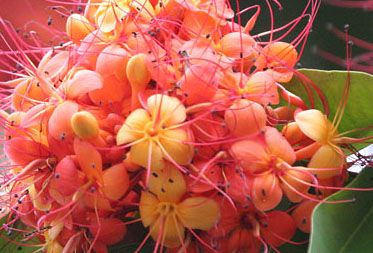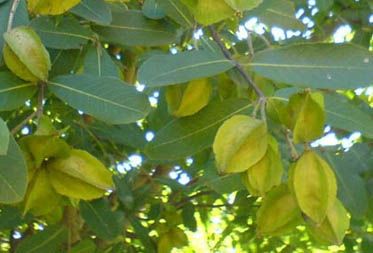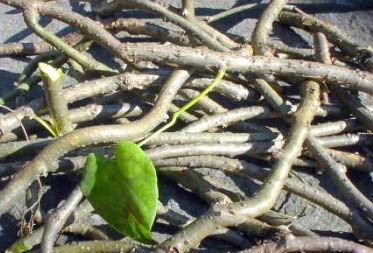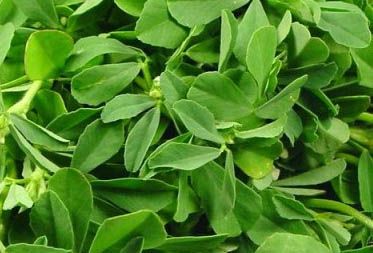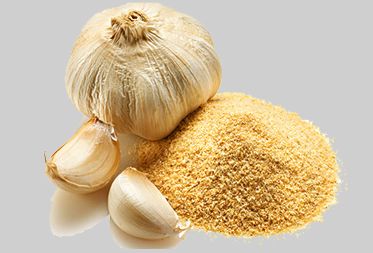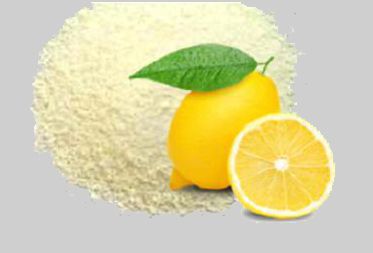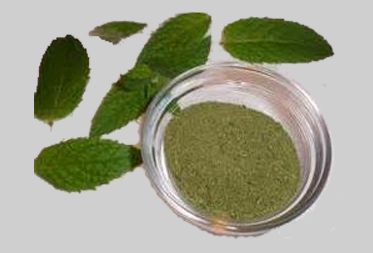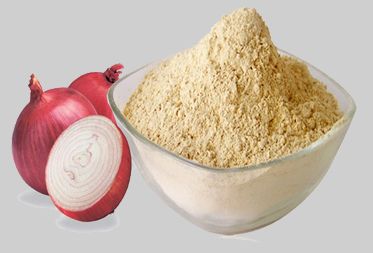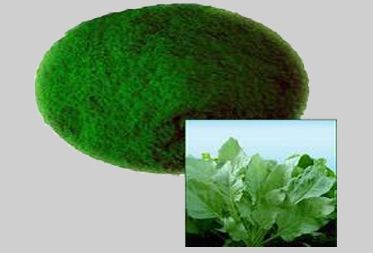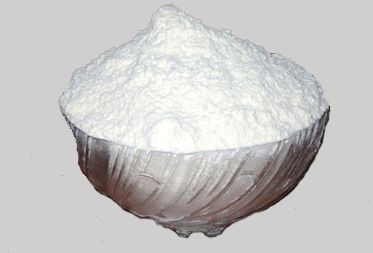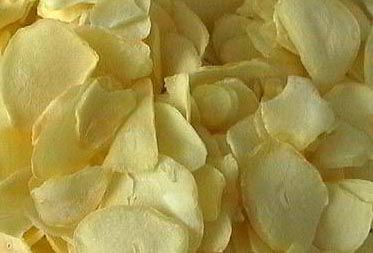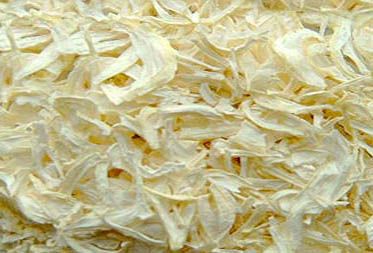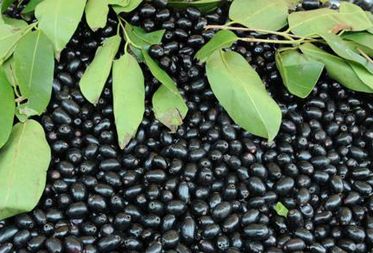Pomegranate kernels

Botanical Name: Punica Granatum
Plant Part: Seeds,flowers
Family: Puniacaceae
Common Name: Pomegranate, Anar
Hindi Name: Anar
Product Discription

It is widely grown in the subtropics and tropics for it's ornamental beauty and leathery fruit, in colder climates it will often fail to fruit. It is an attractive plant with glossy green leaves and scarlet flowers. Trees do not bear well until 5 or 6 years old. Flowering starts in late spring and continues into summer; under suitable conditions the fruit should mature 5 to 7 months later. High temperatures are essential during fruit development for a good flavour. The fruit mature between March and May and can be picked a little before full maturity and ripened in storage. In areas where rain occurs during harvest, pick the fruit before they are fully ripe to avoid the skin becoming waterlogged and splitting. It can be stored for several months if hung to dry in a cool, airy place. Pomegranates should be planted in full sun and like long, hot summers although it sets more fruit after a cold winter. It is very drought resistant but grows better with a good supply of water; it also tolerates a period of wet feet. Pomegranates prefer well-drained loam, pH 5.5 - 7, but tolerate considerable amounts of alkalinity and sodium in the soil. It should be mulched annually with rotted manure or compost. Pomegranates fruit on spurs of mature wood, prune the tree lightly in winter to encourage new spur growth and remove any limbs causing crowding in the centre of the crown.
| Product Name | |
|---|---|
| Pomegranate kernels | Ask For Sample |
Benefits

- A decotion of seed is used to treat syphilis.
- Juice used to treat jaundice and diarrhoea.
- Juice of flower is used to treat nose bleeds.
- The fruit pulp and the seed are stomachic.
- Dried, pulverized flower buds are employed as a remedy for bronchitis.
- Seeds are used as a seasoning in dal, fried samosa, stuffings and chutneys
- Pomegranate juice is refreshing and can be used in soups, sauces, jellies, ices or made into a sweet syrup called grenadine that flavours drinks, ice cream, cakes and baked apples.
- The dried seeds are used as a seasoning in dhal, fried samosa, stuffing and chutney.
- It is important to remove every piece of skin surrounding the seeds, as this is bitter.


